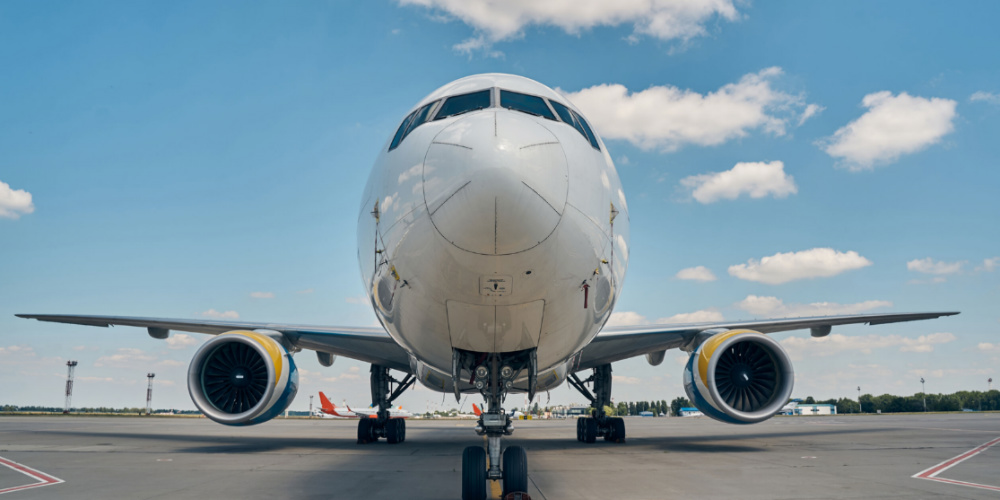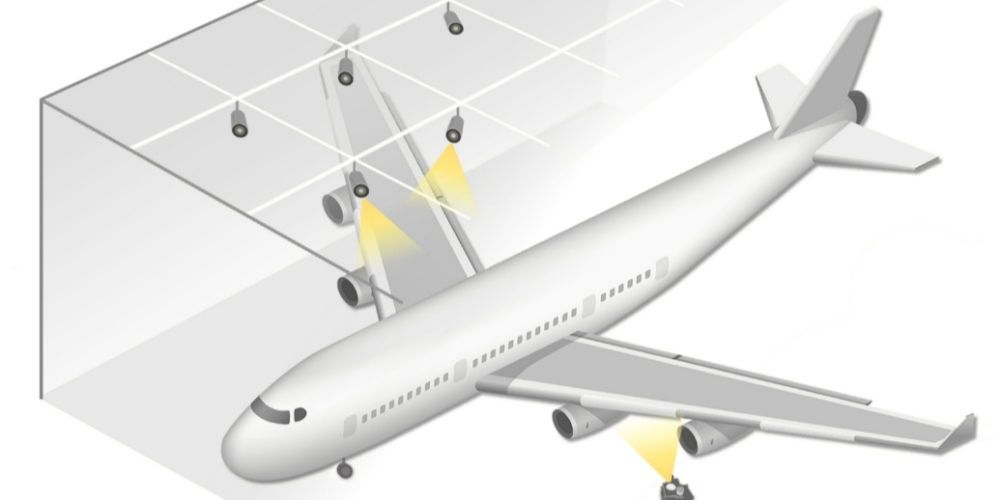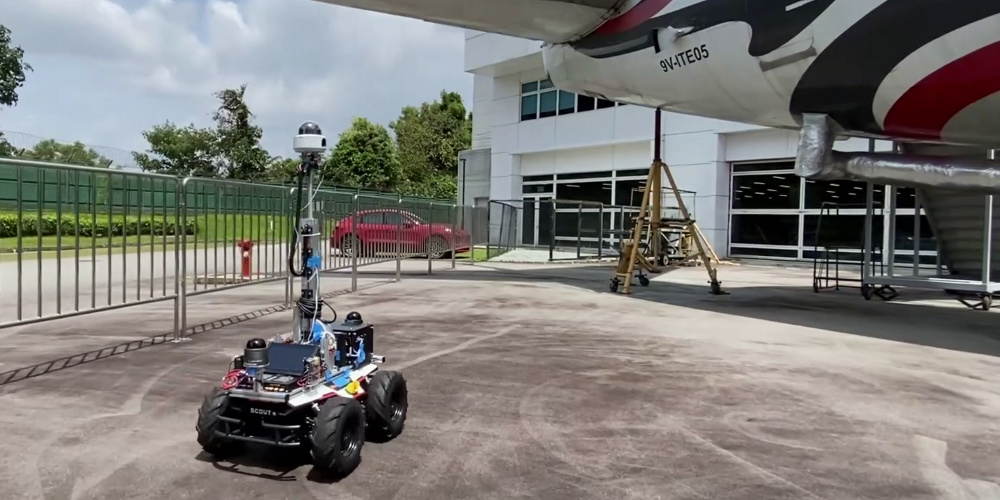INNOVATE
Innovate
Boosting the Aviation Industry with AI & Robotics
From enhanced airline operations to improved aircraft defect detection with the help of AI and robotics, discover how new and enhanced technologies developed by A*STAR and its partners are taking the aviation industry to greater heights!
Using Ai To Enhance Customer Experience And Improve Engineering Productivity In Airline Operations

Researchers in Singapore are working on a new project called “AI for Airline Operations” under a joint lab between Singapore Airlines (SIA), SIA Engineering Company (SIAEC) and A*STAR, to develop advanced AI solutions that improve engineering productivity, customer experience and cost-effectiveness of airline operations through predictive analytics and optimisation.
A collaboration between SIA, SIAEC and A*STAR’s Institute for Infocomm Research (I2R) and Institute of High Performance Computing (IHPC), this project broadens the scope of an earlier project that leveraged AI for predictive maintenance of aircraft components.
Powered by data harnessed from state-of-the-art deep learning techniques, the innovative predictive analytics technology reduces the risks of flight delays by detecting recurring defects and predicting component failures in aircrafts. It also enhances SIA’s customer experience with personalised shopping recommendations generated from customer behaviour analytics, and detects anomalies in their loyalty programme transactions through fraud analytics. In addition, text analysis applied to manuals and guidelines for information extraction and building comprehensive knowledge bases allows for better Q&A systems and responses to customers’ queries.
Additionally, A*STAR’s optimisation technology helps SIA and SIAEC improve their operational efficiency. This is made possible through the optimisation of maintenance interval, workflow sequence, manpower and resource allocation.
This three-year project is currently in the development phase. A*STAR’s AI expertise, combined with the technical and business expertise of the various SIA and SIAEC departments, are key to the development and delivery of the AI solutions. The parties also plan to progressively rope in local SMEs in the developmental process.
improving aircraft inspection and defect detection with ai and robotics
A*STAR researchers are developing enhanced AI and robotic solutions to improve the accuracy and speed of defect detection during pre-flight checks and airplane maintenance processes on airframe surfaces like the wings and undercarriage. The enhanced technology reduces the defect detection time and the risk of defects being overlooked during manual human inspections with a more comprehensive scan coverage, an improvement from the previous proof-of-concept prototype which used a single camera covering 3-4 aircraft defects.
The Smart Automated Aircraft Visual Inspection System (SAAVIS) programme led by A*STAR’s Institute for Infocomm Research (I2R) and involving A*STAR’s Institute of High Performance Computing (IHPC) is at the centre of these novel solutions being developed. SAAVIS combines expertise in robotics, computer vision and AI from I2R with path planning capabilities from IHPC.
The aircraft’s location and state are first captured by high-resolution cameras installed in the hangar and autonomous ground robots using 3D localisation technology, where the image data is processed using AI technology to automatically detect defects before notifying aircraft engineers on areas of concern. By detecting defects early, aircraft maintenance, repair and overhaul (MRO) companies can plan and arrange for aircraft servicing in a more efficient and timely manner.
 Illustration of cameras installed in the hangar to capture images of the plane, where the image data is processed by using AI technology for defect detection.
Illustration of cameras installed in the hangar to capture images of the plane, where the image data is processed by using AI technology for defect detection.
I2R has developed new algorithms and improved on existing algorithms to detect a wider range of airplane defects with greater efficiency, accuracy and speed, while requiring less samples to train the AI model. This is made possible through further research to identify the unique differentiating factors for each defect. Currently, the enhanced AI technology can accurately detect more than 20 different types of defects (including rare defect types with limited training samples), with plans to expand the range of defect detection to 30 types of defects through further research.
Complementing the AI technology for defect detection are autonomous robots equipped with 3D lidar obstacle detection, accurate aircraft localisation and path planning capabilities. The combination of low- and high-reaching robots can scan for defects across multiple parts of aircraft engines. The low-reaching robot is designed to capture images below the airframe and engine, while the high-reaching robot captures images above the engine and the side of the aircraft, including other hard-to-reach areas. IHPC’s path planning algorithm determines an optimal path of the robot camera to capture images of aircraft surfaces in the most resource-efficient manner, with aircraft geometry and environment taken into consideration.
 A high-reaching robot with the ability to reach up to 2m to capture images above the engine and side of aircraft, including other hard-to-reach areas.
A high-reaching robot with the ability to reach up to 2m to capture images above the engine and side of aircraft, including other hard-to-reach areas.
Currently, A*STAR is working together with MRO companies including ST Engineering and SIA Engineering Company to co-develop and trial the technology for commercial airplanes, as part of efforts to scale up the use of the technology.
Was the article helpful?
A*STAR celebrates International Women's Day

From groundbreaking discoveries to cutting-edge research, our researchers are empowering the next generation of female science, technology, engineering and mathematics (STEM) leaders.
Get inspired by our #WomeninSTEM
